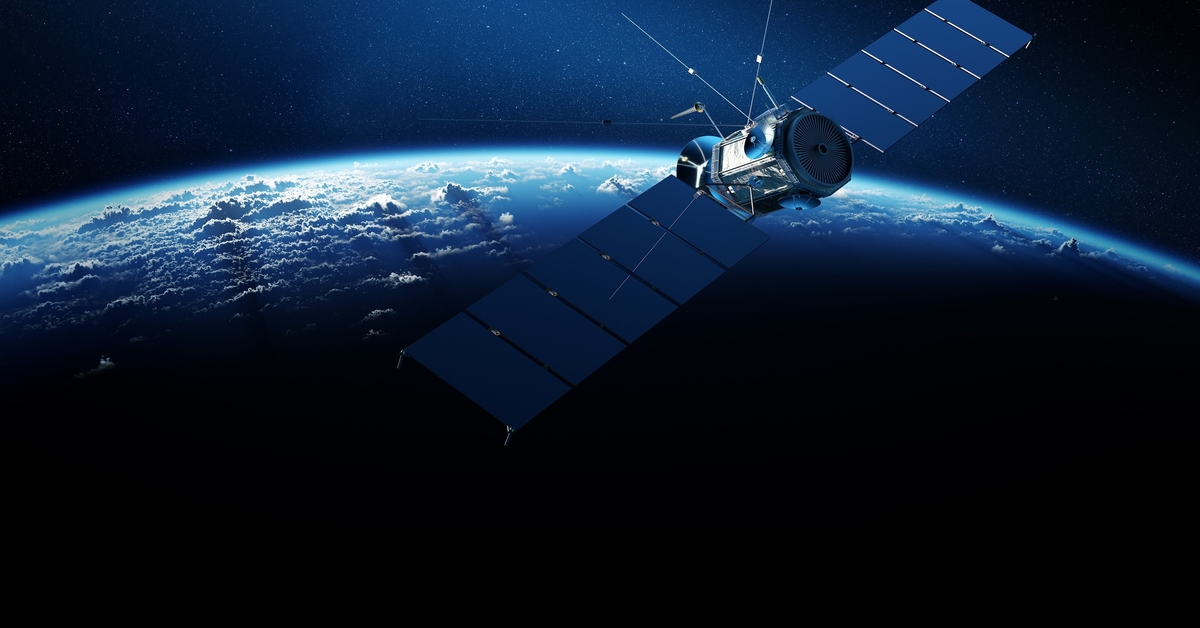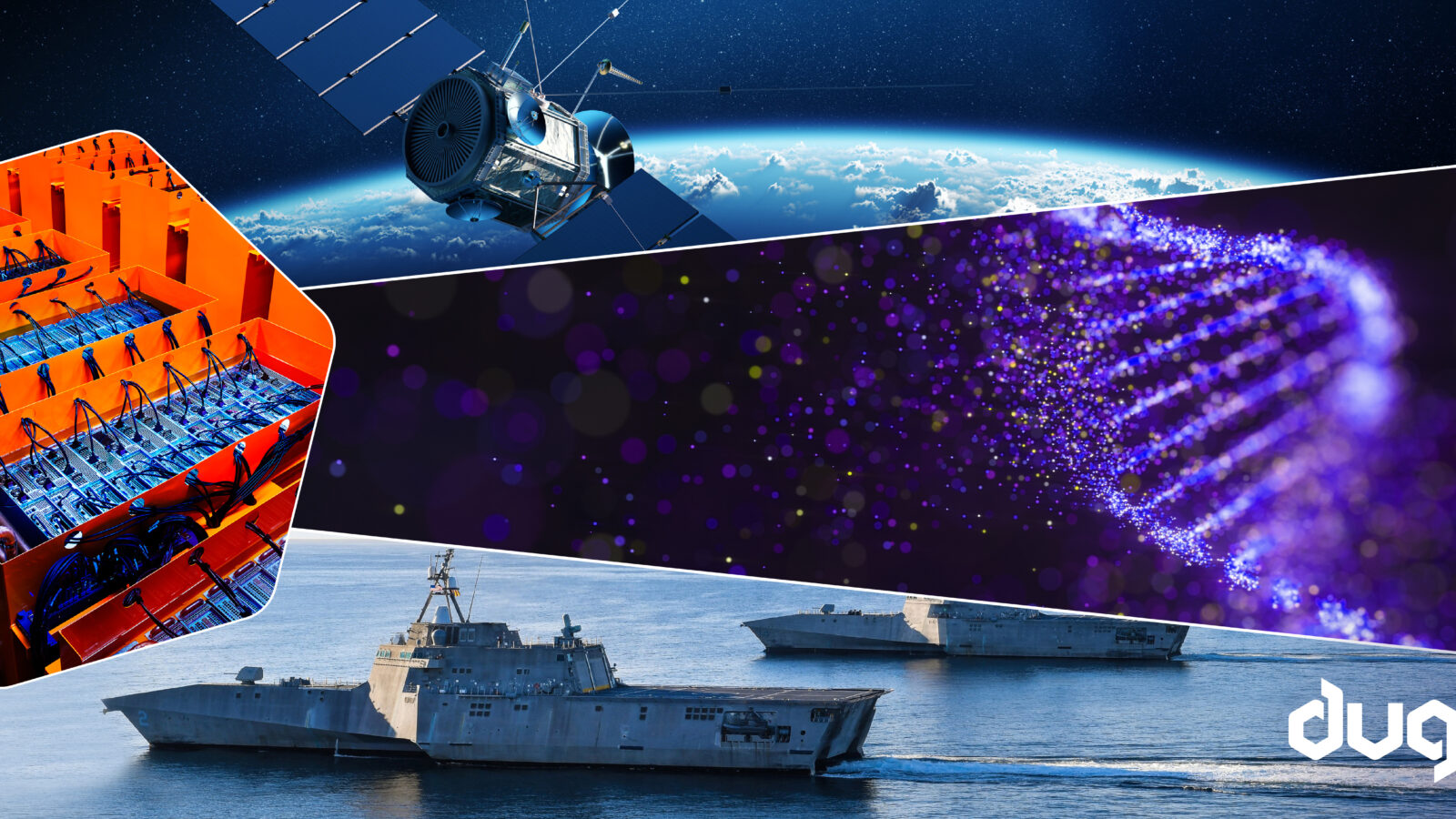A $1.2 billion National Space Mission for Earth Observation program was announced in March to design, build and operate four satellites that will capture globally unique data, signalling to the international community Australia’s intention to play a larger role in the earth observation (EO) ecosystem worldwide.
EO refers to the collection of detailed information via satellites about the physical, chemical and biological systems of the planet, as well as the delivery of meaningful data for human activities. From responding to natural disasters and monitoring the environment, to forecasting the weather and supporting farmers, EO data informs our modern world and is increasingly essential to our everyday lives.
According to a report for Geoscience Australia, the economic benefits attributable to EO data were estimated to be more than $2.5 billion in 2020. Presently, Australia’s supply of EO data is derived entirely from internationally owned satellite infrastructure. Establishing domestic EO expertise will bolster Australia’s sovereign space capability, as well as open up job opportunities that will set the industry up for future success.
Big data central to Earth observation.
At the heart of EO is big data. From acquisition and retrieval to storage and analysis, commercial imaging companies collect tens of terabytes of EO data per day, often resulting in petabytes of accumulated data per company.
Unearthing meaningful insights from this wealth of data can be done using on-premise high-performance computing (HPC) resources or via the cloud and high-performance computing as a service (HPCaaS). While large public and private cloud providers claim to offer comprehensive services, they often only supply the infrastructure. This leaves organisations to equip themselves with their own software and an extensive skill set in code onboarding, optimisation, job queueing and file sharing to effectively leverage the HPC system for EO-data processing.
Experienced Australian provider offers reliable, green, cloud-based HPCaaS.
With over 19 years of international experience, Perth-headquartered DUG Technology is proud to design, own and operate a network of some of the greenest supercomputing installations on Earth. We offer private, cloud-based HPCaaS—pure performance in a secure, fully-provisioned and fully-supported environment.
Our differentiated capability in HPCaaS offers users a complete stack, which includes trimmings typically unavailable in public or private clouds. These include high-speed networks with low latency, innovative solid-state-drive-based storage systems and professional services such as code optimisation, algorithm development and on-demand software support—all tailored to the users’ specific computing requirements.
This includes not only dedicated support for the infrastructure (which is offered by most clouds) but also bespoke end-user support for domain-specific workflows. This unique service includes benchmarking, tuning and testing to ensure clients are using optimal hardware and benefiting from efficient and effective use of the platform.
Our patented immersion-cooling technology for hardware, DUG Cool, uses 85% less synthetic refrigerants and slashes power consumption by up to 51%. This has helped provide greener environmental, social and governance (ESG) footprint within the space industry. For instance, the International Centre for Radio Astronomy Research (ICRAR) highlighted in their Sustainability Statement the power-saving benefits of DUG Cool, which helped reduce their carbon footprint.
Tailored and efficient HPC solutions.
Our HPCaaS is ideal for both experienced HPC users and those who lack the resources, time and expertise to set up and configure virtual machines, manage workflows, optimise software for the hardware and oversee the security.
We recently entered into an agreement with LatConnect 60, an Australian smart-satellite provider, to help enable their high-resolution EO analytics services. Our HPCaaS experts provided bespoke professional services, such as code onboarding and optimisation, migrated terabytes of satellite imagery data to our HPC environment, and completed the analyses within hours.
CEO of LatConnect 60 Venkat Pillay said: The team and I at LatConnect 60 have been thoroughly impressed by the speed and scale at which DUG’s HPC offering has been able to support our agriculture analytics services. Data-processing tasks which took us weeks in the past can now be completed in a few hours. This is a game-changing development for us.”
You may choose to work independently or collaborate with our team of world-class research scientists, mathematicians and software engineers who are available to help get your project up and running quickly and cost-efficiently.
Our unique and green HPCaaS offering allows you to divest yourself of time-consuming onboarding so that you can focus on your science goals and support your broader range of business applications—everything you need to be successful!
Drop us a line at [email protected] to ask questions on how we may be able to assist with your work.






























